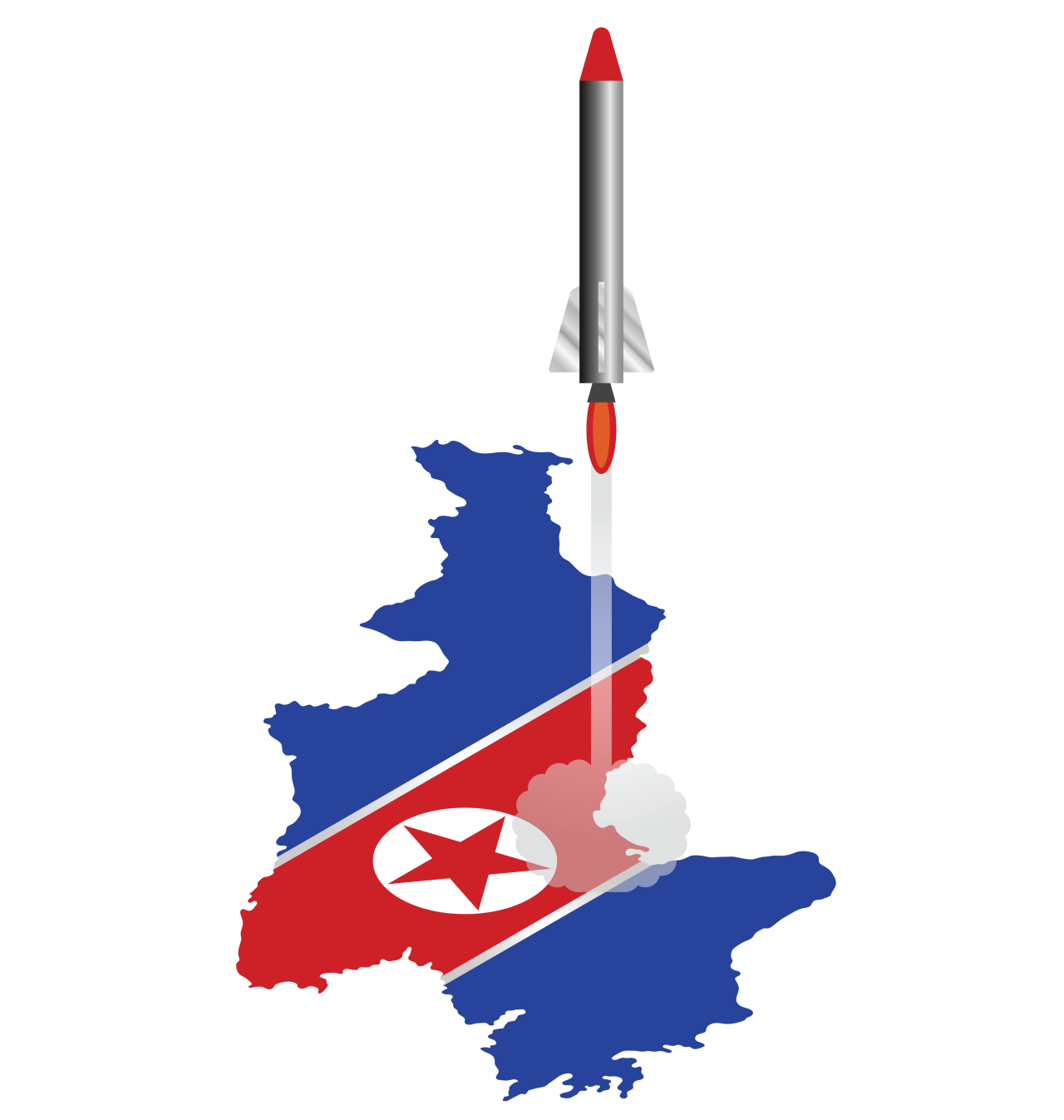 |
(123rf) |
Following North Korean leader Kim Jong-un’s warning of a “new strategic weapon,” experts on Wednesday weighed in on the state of the regime’s veiled missile program for clues.
Pyongyang has been trying to develop multiple-warhead intercontinental ballistic missiles and submarine-launched ballistic missiles, and the strategic weapon may be an upgrade of either of the two.
Both of them could pose a greater threat to the United States and its allies, as they would be harder to intercept in the air (multiple-warhead ICBMs) or detect before liftoff (SLBMs). Those weapons are highly complicated and only a few countries such as the US, Russia and China have developed them.
Lee Choong-koo, an associate research fellow at the Korea Institute for Defense Analyses, the Defense Ministry’s think tank, argues that the North will seek enhanced nuclear capability to deter preemptive nuclear strike and aggression from what it considers hostile forces such as the US.
North Korea will focus on producing more ICBMs with advanced nuclear warheads while advancing its reentry vehicle technology, Lee said. “It’s a shift in Pyongyang’s nuclear strategy.”
Shin Jong-woo, an analyst at the Korea Defense and Security Forum, said the North would seek an improved ballistic missile, noting, it carried out what it called a “serious” test at its missile engine site in December. “It is likely to be an ICBM that exceeds the payload of ‘Hwasong-15,’ the ICBM it test-fired in 2017.”
Some experts were doubtful whether Pyongyang was any closer to perfecting required technologies.
“I expect to see a single reentry vehicle ICBM tested first,” Bruce Bennett, a senior defense analyst at RAND Corp., said, adding mastering the reentry technology -- be it single or multiple vehicle -- is extremely demanding.
Bennett, who said he was not a rocket scientist, argued that the international community is not convinced whether Pyongyang has even mastered its single reentry vehicle capability because it has yet to see the communist regime “testing an ICBM reentry vehicle on any of its three ICBM tests in 2017.”
Jeffrey Lewis of the Middlebury Institute of International Studies in the US disagreed.
“There’s never been a country that has been able to build an ICBM that hasn’t been able to build a reentry vehicle. I think people have a political agenda when they say that because they don’t want to accept the reality of the situation,” he told Voice of America.
“They have certainly mastered it with every IRBM missiles they have fired including the Musudan and the Hwasong-12,” Bruce Bechtol, a professor of security studies at Angelo State University, told VOA, adding the North has the reentry technology, as demonstrated in its previous two Hwasong-14 tests and one Hwasong-15 test.
Pyongyang’s mastery of the reentry technology could be a gamer change in its nuclear talks with Washington, Bennett said. But, the North’s SLBM did not pose the same concern because it does not have a stealth submarine to carry a ballistic missile while avoiding US sonar systems, Bennett added.
“An SLBM couldn’t be a ‘game changer’ as Pyongyang has neither a submarine capable of operations beyond the East Sea nor a missile that flies at least 7,000 km to strike US soil,” said Cha Du-hyeogn, a visiting professor at the Graduate Institute for Peace Studies at Kyung Hee University.
Pyongyang’s SLBM at this stage is no game changer, at least not yet, Bennett said.
By Choi Si-young (
siyoungchoi@heraldcorp.com)







![[Today’s K-pop] Blackpink’s Jennie, Lisa invited to Coachella as solo acts](http://res.heraldm.com/phpwas/restmb_idxmake.php?idx=644&simg=/content/image/2024/11/21/20241121050099_0.jpg)
